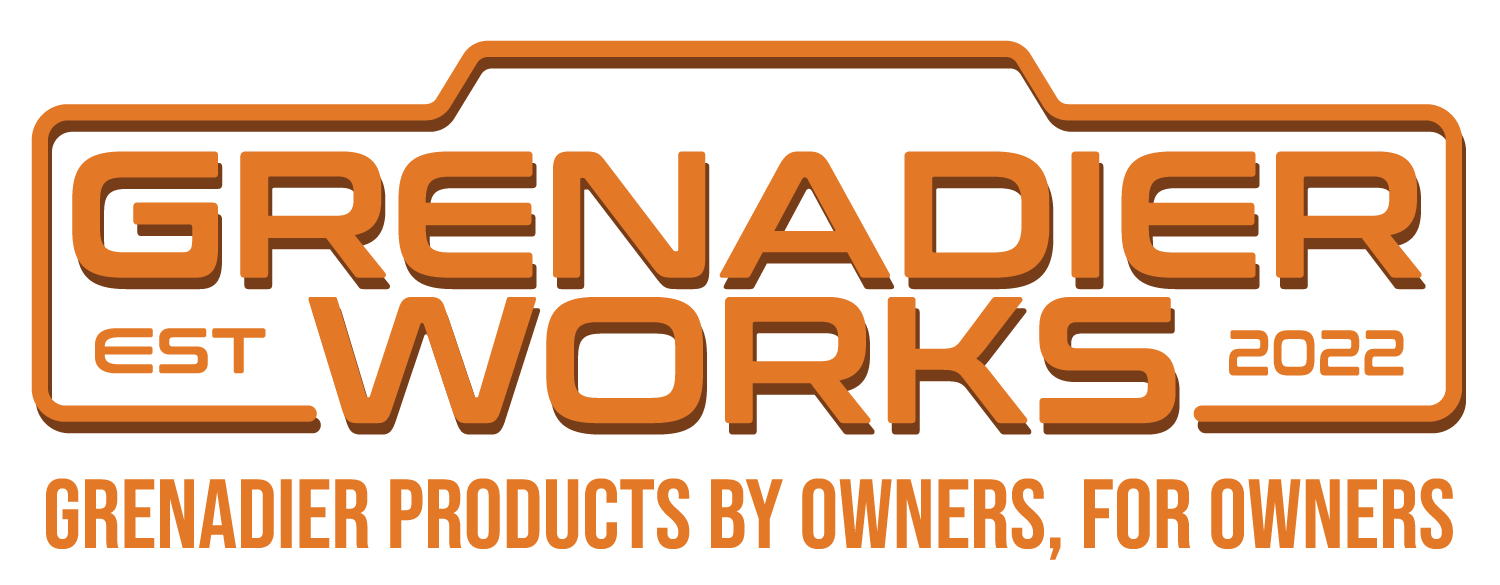The second battery reading on the smart shunt goes to the positive on the "starting" battery, not the negative. It only monitors voltage, not current.
Also, the way it is wired, the smart shunt is only monitoring charge from the D250SE; as it looks like there is another ground wire going from the battery to the chassis
Also, the way it is wired, the smart shunt is only monitoring charge from the D250SE; as it looks like there is another ground wire going from the battery to the chassis



